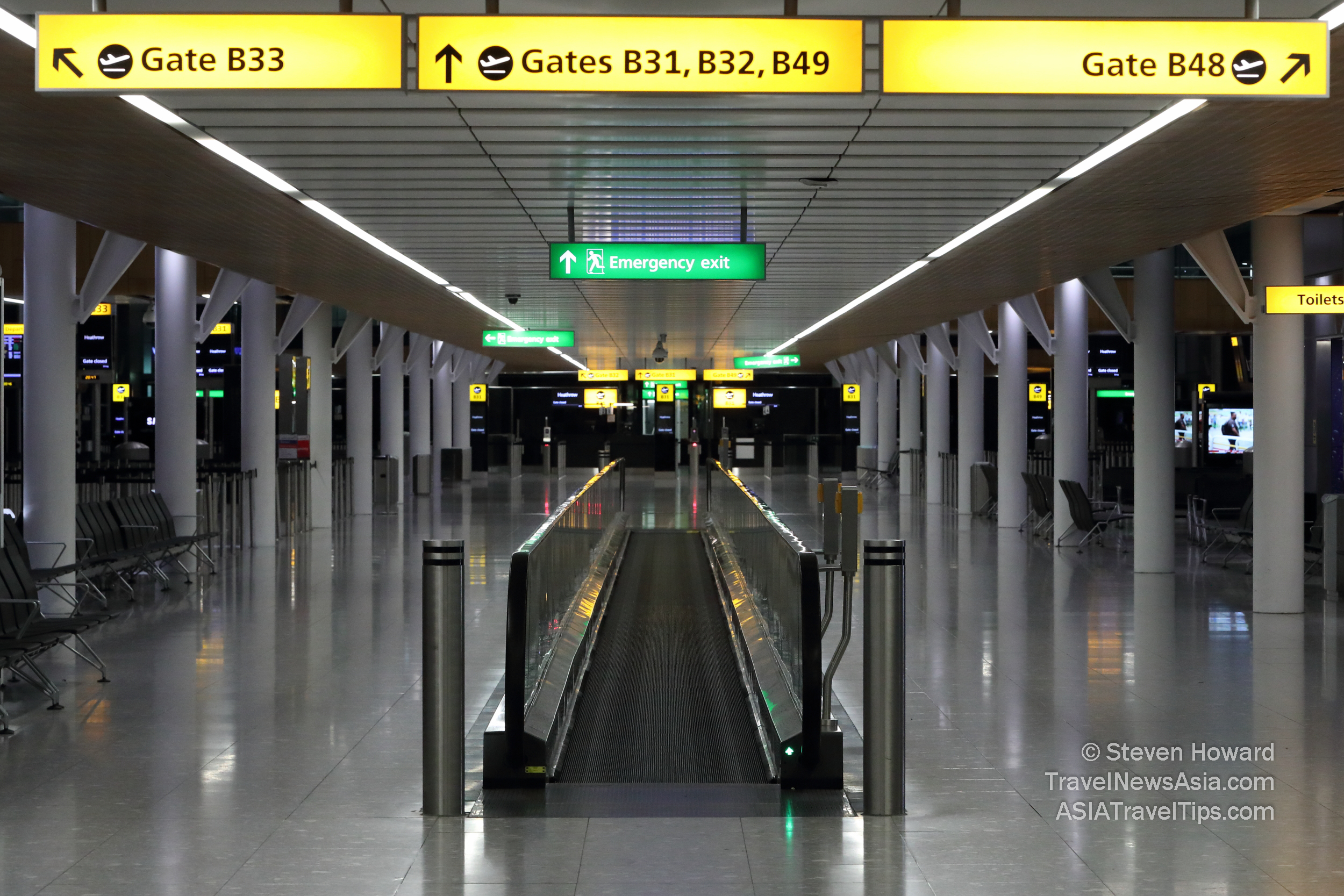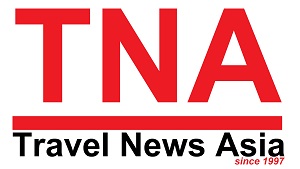|
According to the latest analysis from the World
Tourism Organization (UNWTO), 40% of all destinations worldwide
have now eased the restrictions they placed on international
tourism in response to the ongoing global COVID19 pandemic.
This latest outlook, dated 19 July, is up
from 22% of destinations that had eased restrictions on travel by
15 June and the 3% previously observed by 15 May. It confirms the
trend of a slow but continuous adaptation and responsible restart
of international tourism.
Of the 87 destinations that have now eased travel
restrictions, just four have completely lifted all restrictions,
while 83 have eased them while keeping some measures such as the
partial closure of borders in place.
115 destinations (53% of all destinations
worldwide) continue to keep their borders completely closed for
tourism.

UNWTO Secretary-General, Zurab Pololikashvili
said, �The restart of tourism can be undertaken responsibly and in
a way that safeguards public health while also supporting
businesses and livelihoods. As destinations continue to ease
restrictions on travel, international cooperation is of paramount
importance. This way, global tourism can gain people�s trust and
confidence, essential foundations as we work together to adapt to
the new reality we now face.�
On 30 July, the World Health Organisation
(WHO) said that each country should conduct a risk-benefit
analysis and decide on its priorities.
The decision process should include an analysis of
the situation, taking into account the local context in countries
of departure and destination. The WHO recommends that the
following factors should be considered: local epidemiology and
transmission patterns, the national public health and social
measures for controlling the outbreaks in both departure and in
destination countries; public health and health service capacity
at national and subnational levels to manage suspect and confirmed
cases among travellers, including at points of entry (ports,
airports, ground crossings) to mitigate and manage the risk of
importation or exportation of the disease; and the evolving
knowledge about COVID19 transmission and its clinical features.
Any subsequent measure must be proportionate
to public health risks and should be adjusted based on a risk
assessment, conducted regularly and systematically as the COVID19
situation evolves and communicated regularly to the public.
The WHO also recommends that priority should be
given to essential travel for emergencies, humanitarian actions
(including emergency medical flights and medical evacuation),
travel of essential personnel (including emergency responders and
providers of public health technical support, critical personnel
in transport sector such as seafarers and diplomatic officers),
and repatriation. Cargo transport should also be prioritized for
essential medical, food and energy supplies.
Sick travellers and persons at risk,
including elderly travellers and people with chronic diseases or
underlying health conditions, should delay or avoid travelling
internationally to and from areas with community transmission.
The WHO has repeatedly said that there is no �zero
risk� when considering the potential importation or exportation of
cases in the context of international travel. Therefore, thorough
and continuous risk assessment and management will help identify,
reduce and mitigate those risks, while balancing the
socio-economic consequences of travel measures, or temporary
restrictions, against potential adverse public health
consequences.
See also:
Airports, Air Travel and COVID19 - Exclusive Interview with
SITA's President of Asia Pacific, Sumesh Patel
and
Emerging Travel Trends in Asia Pacific - Interview with Two
Senior Executives at Sabre.
See latest
Travel News,
Video
Interviews,
Podcasts
and other
news regarding:
COVID19,
UNWTO,
WHO.
|
Headlines: |
|
|
